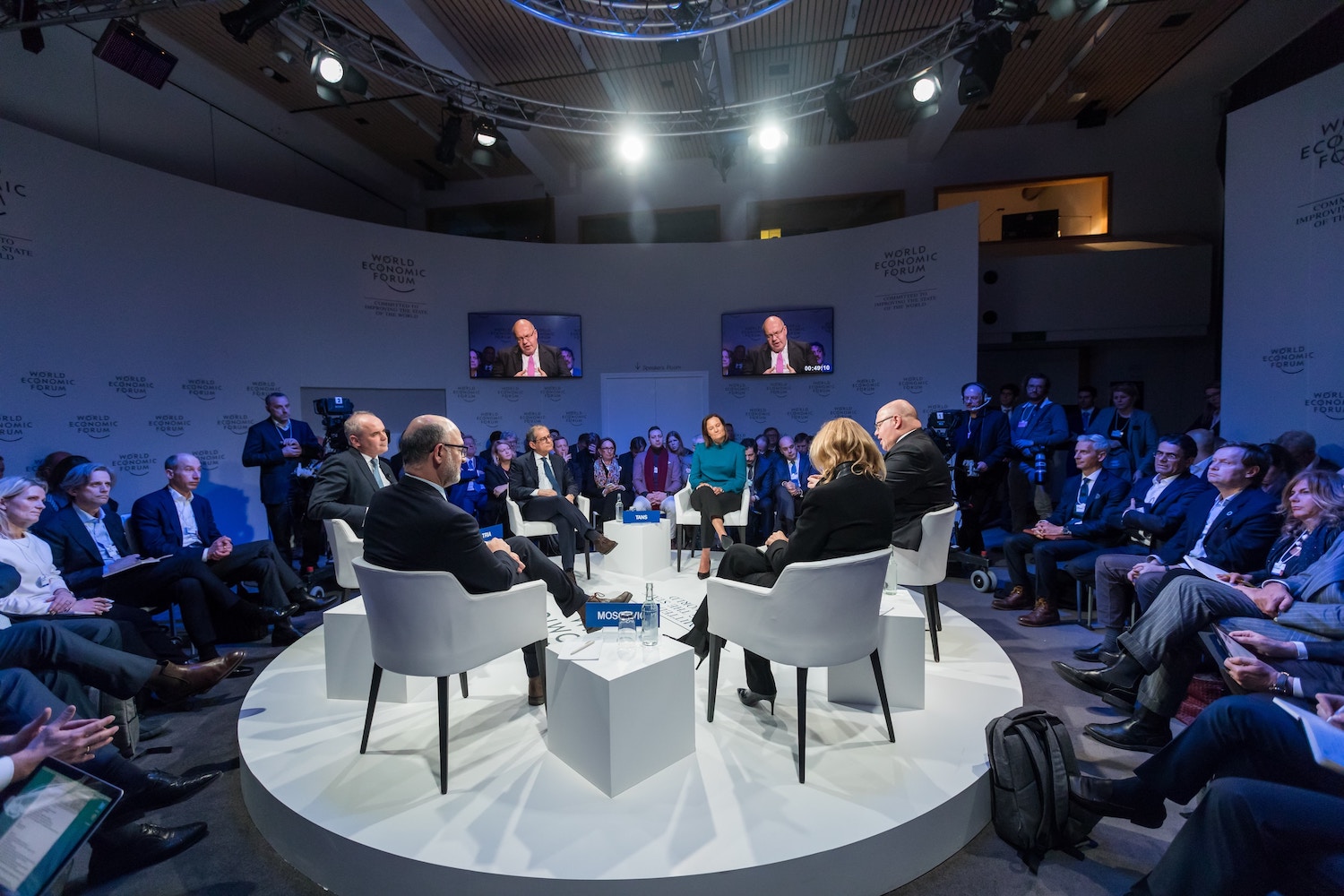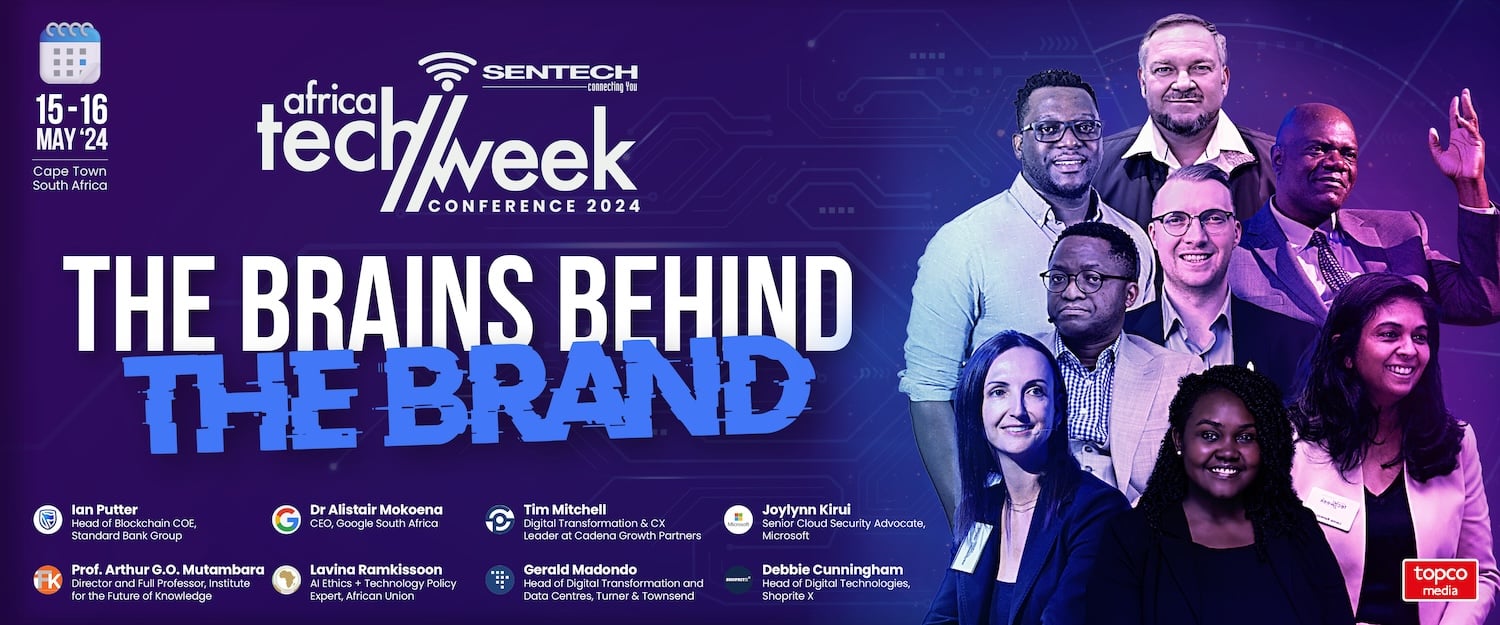How to leverage attending a conference
Connect with – and learn from – your community

By Koketso Mamabolo
Why attend a conference?
Why would you put your name down for a conference? Around the world, the business community agrees that there are various reasons to attend a conference and at the very heart of this is the community that comes through gathering with others in your industry and, more specifically, the people whom you have the opportunity to network and do business with, and learn from.
But what exactly does networking and learning at conferences entail? And how can you leverage attending a conference to develop your business or personal brand. We take a look at how you can make the best of the opportunities presented at a conference.
1. Connect with people in your community
Conferences are an opportunity to engage with others in the industry, and gain valuable insight from those with the experience and knowledge. Conferences bring together four general groups:
- Big business
- Academics
- Start-ups
- Public sector
Topco Media CEO Ralf Fletcher refers to conferences as a conductor who brings musicians together to play a wonderful symphony. These four groups often work in silos and are not always presented with the opportunity to form partnerships and close deals.
Big business are the corporations which have established themselves as industry leaders in terms of scale and market influence. Academics are the scholars who research and study the world around them, often applying models of thinking developed in the social sciences to better understand the business world.
Start-ups are companies driven by fresh ideas that break from traditional modes of doing business. They have become synonymous with ‘disruption’, often led by entrepreneurs who bring a different perspective to their counterparts in big business. Lastly we have the public sector, who represent the interests of the broader public.
These four groups have one thing in common, at the heart of what they do is people. For big business and start-ups the people are the customers. For academics the people are the various role players, how they interact with each other and their environment. And for the public sector, the people are exactly that, the public.
Being in the same room with all four groups is rare. Conferences make that possible. The various communities become one. Experience tells us that a conference is an ideal place to create partnerships across communities, which allows each group to connect with each other in order to scale up their brand.
.jpeg?width=1200&height=500&name=FOS%20Press%20Release%20Image%20(1).jpeg)
2. But how do you leverage this stellar opportunity?
- Prepare for the conference. Have an idea beforehand who will be attending the conference, which allows you to be more direct in who you network with.
- Be open-minded. While it is important to know who you want to meet or what you want to discuss, you need to be open to meeting people you weren’t planning to. A system like Topco’s Fast Track Network facilitates connecting conference attendees through randomised, short, one-on-one meetings.
- See every conversation as an opportunity to connect. You never know who you will meet. You could find yourself having a conversation with the CEO of a multinational corporation who is hiring, or looking to form new partnerships.
- Take note of who you are seated with and engage with them. Virtual events allow for attendees to be seated at virtual tables that offer chat functions. Unlike in-person conferences, all you need to do is type a message to connect with another person, without the baggage that can come in social settings.
- Engage on social media. See what attendees are saying about the event on LinkedIn and Twitter. Post, follow, tweet, direct message. Be social.
- Give feedback. Do your own post-event report and engage with the organisers of the conference. Even a simple “thank you” can go a long way.
- Follow up. Once you’ve exchanged details and discussed partnerships, make sure you follow up. Whether that be an email or a message on LinkedIn.



.svg)











